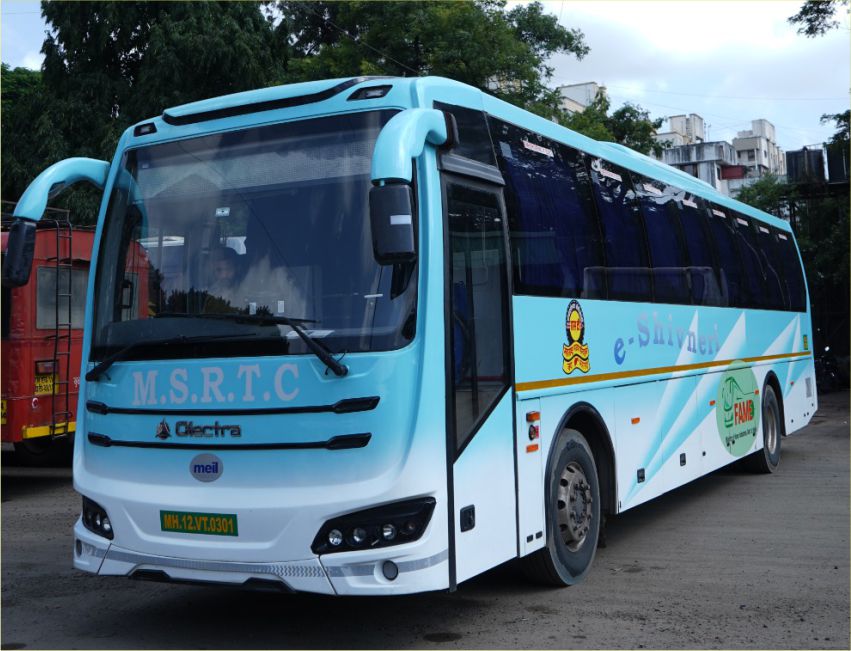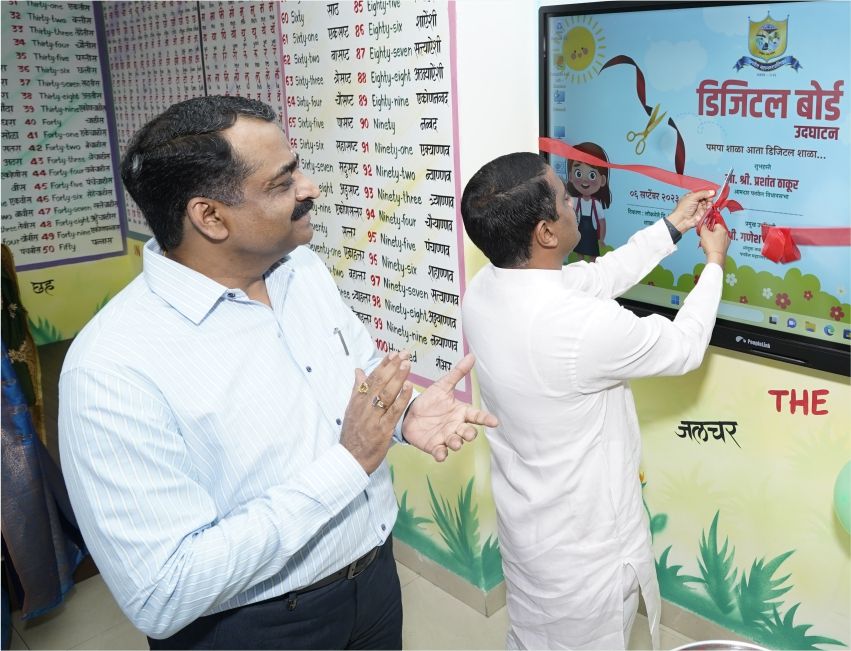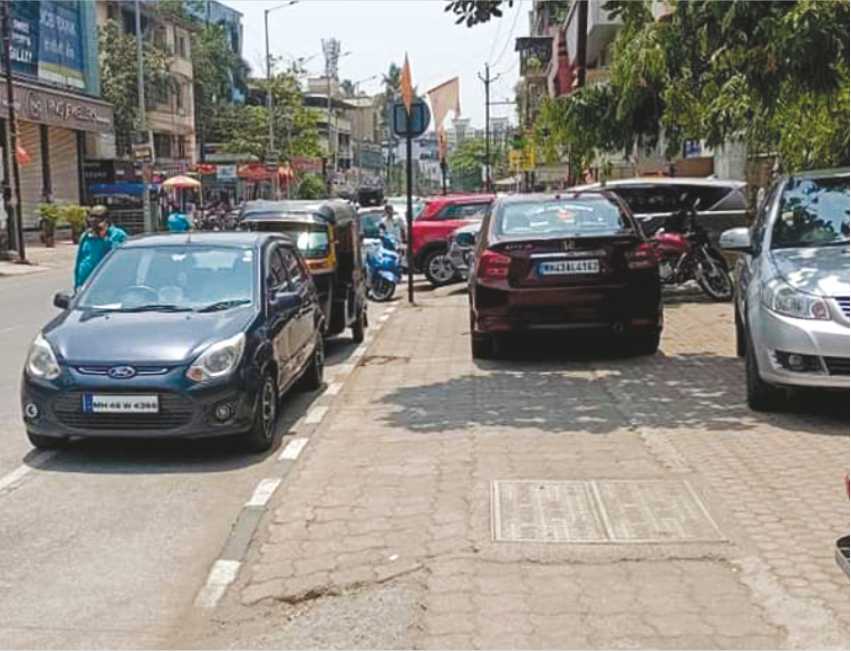Bridging Commutes

- Varda Sharma
- 20 Feb, 2024
In a commendable move, the Maharashtra State Road Transport Corporation (MSRTC), commonly known as ST, has taken a significant step towards enhancing public transportation by deciding to ply buses via the Atul Setu starting from 20th February, albeit on an experimental basis. This decision holds promise for the state's transportation infrastructure and sets a positive precedent for the efficient utilization of iconic bridges.
The Atal Setu, a prestigious bridge in Maharashtra, is a vital link that connects regions and facilitates the smooth flow of traffic. Integrating public transport services into such infrastructural marvels not only underscores the commitment to comprehensive urban planning but also serves as an encouragement for citizens to opt for public transportation. The move has the potential to alleviate traffic congestion and reduce the carbon footprint associated with individual commuting.
One of the significant advantages of incorporating buses on the Atal Setu is the potential time savings for commuters. Public transport, when efficiently managed, can significantly reduce travel time by offering a faster and more direct route across important thoroughfares. By utilizing key bridges like the Atal Setu, the MSRTC is taking a proactive approach to streamline public transportation, contributing to overall efficiency and convenience for the citizens.
Furthermore, the decision by the MSRTC to keep bus fares unchanged during this experimental phase is indeed a commendable bonus. Often, when new services or routes are introduced, there is a concern among the public about potential fare hikes. By maintaining the current fare structure, the MSRTC is demonstrating a commitment to accessibility and affordability, ensuring that the benefits of this initiative are accessible to a broader segment of the population.
Public transport is not just about moving people from one point to another; it is a key component in building sustainable and resilient cities. By integrating buses onto prominent bridges like the Atal Setu, the MSRTC is making a strategic investment in the future of public transportation. This move can catalyze a shift in the mindset of commuters, encouraging them to choose environmentally friendly and cost-effective options for their daily travels.
The success of this experimental phase will likely depend on effective coordination, communication, and continuous feedback from commuters. It is crucial for the MSRTC to actively engage with the public, gathering insights and addressing any concerns that may arise during this trial period. This collaborative approach will not only enhance the credibility of the initiative but also provide valuable data for future improvements and expansions.




